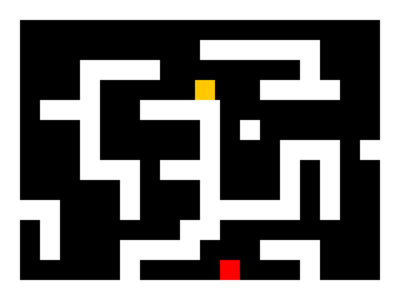
Snake = Snake() = width // 2 = height // 2įood = Food() = randint(50, width - 50) = randint(50, height - 50) Red = (255, 0, 0) green = (0, 255, 0) purple = (255, 0, 255) black = (0, 0, 0)Ĭlass Snake(): def _init_(self): ._init_(self) self.image = pygame.Surface() (black) self.rect = _rect() self.score = 0 self.highScore = 0 self.speed = 10 self.dx = 0 self.dy = 0 class Food(): def _init_(self): ._init_(self) self.image = pygame.Surface() (red) self.rect = _rect() def move(self): = randint(50, width - 50) = randint(50, height - 50) class Bomb(): def _init_(self): ._init_(self) self.image = pygame.Surface() (purple) self.rect = _rect() #Where to draw game objects Get the descriptive name of the button from a keyboard button id constant.Win = _mode((width, height)) After that another pygame.KEYDOWN will be sent every interval milliseconds. The delay is the number of milliseconds before the first repeated pygame.KEYDOWN will be sent. When the keyboard repeat is enabled, keys that are held down will generate multiple pygame.KEYDOWN events. When pygame is initialized the key repeat is disabled. If no arguments are passed the key repeat is disabled. Using bitwise operators you can test if specific shift keys are pressed, the state of the capslock button, and more.Ĭreate a bitmask of the modifier constants you want to impose on your program. Returns a single integer representing a bitmask of all the modifier keys being held. See the pygame.KEYDOWN events on the event queue for this functionality.

There is also no way to translate these pushed keys into a fully translated character value. You have no way to know the order of keys pressed, and rapidly pushed keys can be completely unnoticed between two calls to _pressed(). Getting the list of pushed buttons with this function is not the proper way to handle text entry from the user. A True value means the that button is pressed. Use the keyconstant values to index the array. Returns a sequence of boolean values representing the state of every key on the keyboard. If the display needs to ensure it does not lose keyboard focus, it can use _grab() to grab all input. This is true when the display window has keyboard focus from the system. KMOD_ALT, KMOD_LMETA, KMOD_RMETA, KMOD_META, KMOD_NUM, KMOD_MODE KMOD_LCTRL, KMOD_RCTRL, KMOD_CTRL, KMOD_LALT, KMOD_RALT, KMOD_NONE, KMOD_LSHIFT, KMOD_RSHIFT, KMOD_SHIFT, KMOD_CAPS, The keyboard also has a list of modifier states that can be assembled bit bitwise ORing them together. The following is a list of all keyboard constants KeyASCII ASCII Common Name There are many keyboard constants, they are used to represent keys on the keyboard. This could be different from keyboard to keyboard, but is useful for key selection of weird keys like the multimedia keys. scancode represents the platform specific key code. This takes into account the shift and composition keys.

unicode represents a single character string that is the fully translated character entered. The pygame.KEYDOWN event has an additional attributes unicode, and scancode. Both events have a key attribute that is a integer id representing every key on the keyboard. The event queue gets pygame.KEYDOWN and pygame.KEYUP events when the keyboard buttons are pressed and released. This module contains functions for dealing with the keyboard. Temporarily set which modifier keys are pressed True if the display is receiving keyboard input from the systemĭetermine which modifier keys are being held Pygame module to work with the keyboard _focused


 0 kommentar(er)
0 kommentar(er)
